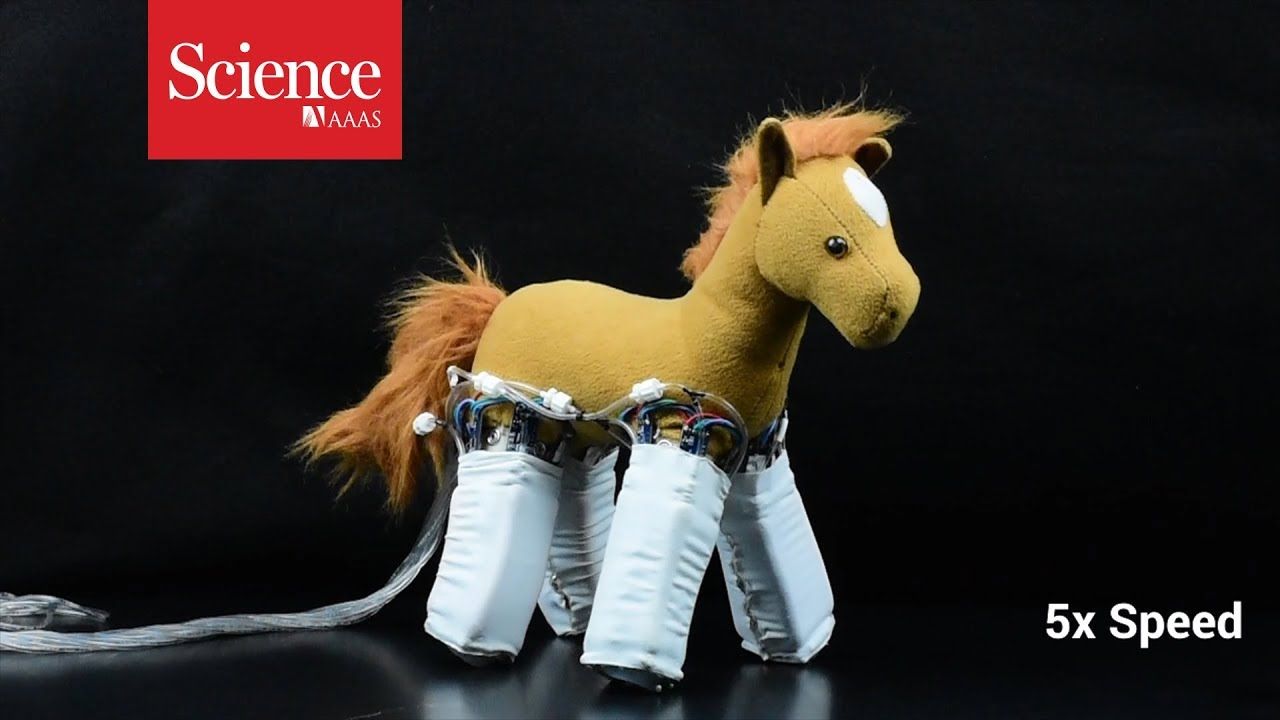Sep 26, 2018
This Robotic Skin Makes Inanimate Objects Move
Posted by Genevieve Klien in categories: robotics/AI, wearables
When designing a robot, key components are the robot’s sensors, which allow it to perceive its environment, and its actuators, the electrical or pneumatic motors that allow the robot to move and interact with its environment.
Consider your hand, which has temperature and pressure sensors, but also muscles as actuators. The omni-skins, as the Science Robotics paper dubs them, combine sensors and actuators, embedding them into an elastic sheet. The robotic skins are moved by pneumatic actuators or memory alloy that can bounce back into shape. If this is then wrapped around a soft, deformable object, moving the skin with the actuators can allow the object to crawl along a surface.
Continue reading “This Robotic Skin Makes Inanimate Objects Move” »


















